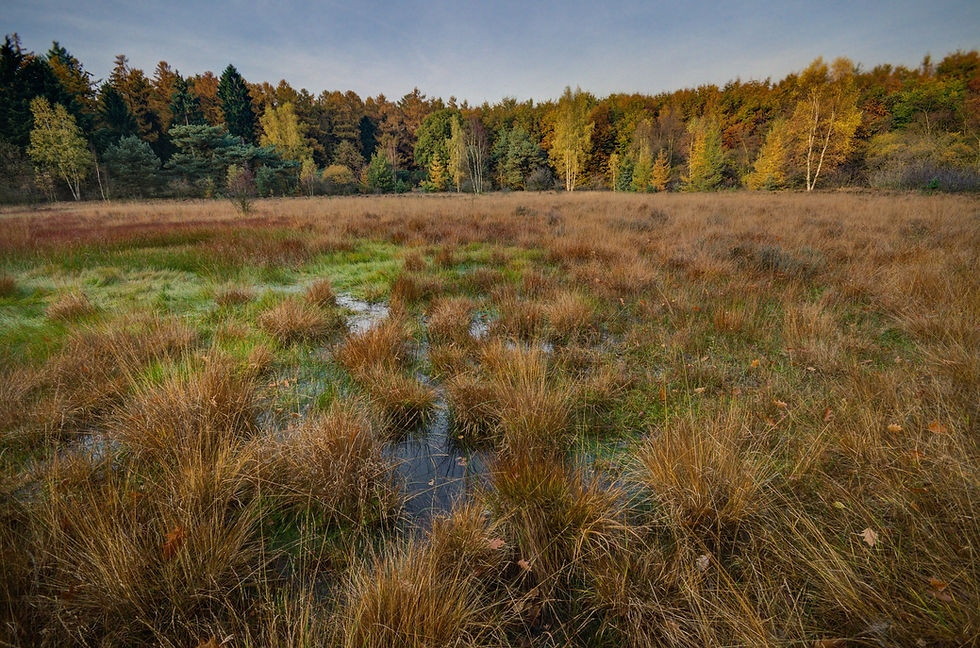Location, Location, Location.

Land selection is a crucial aspect of real estate and property development. It involves careful assessment and decision-making to determine the ideal location for building residential homes.
Factors such as geography, accessibility, environmental considerations, and local zoning regulations play a pivotal role in this process.
Choosing the right land for homesites can significantly impact the quality of life for future residents, the property's value, and the overall success of a development project.
In this brief introduction, we will explore the key considerations and principles that guide homesite selection, highlighting the importance of thorough planning and thoughtful decision-making.
Let's look at factors that have a major influence in effecting a property's future.

1) Texture. What does it feel like? Organic matter can be changed, however, the texture is a greater challenge and has a larger determination on fertility binding, water infiltration, and translocation, creation of gases, root penetration, and other engineering qualities. Too coarse is one of the poorest to work with and too fine can inhibit productivity as well.
2 )Depth of soil. How deep is the soil? How far to rock and parent material? If it is less than 20" pay attention. It drastically limits the use of the site and changes how you should use the location.

3) Slope. The water has to run downhill. The energy event must rotate and run to the sea. Along the way, it washes exposed soil, moves organic matter, and leaches nutrients.
Charlie Munger mentions two things he doesn't trust, a hillside and an engineer. If you find a place on a hill that you can't live without, think asian terraces.
4) Erosion. How much topsoil is left? What is causing the soil to be lost? Wind, water or mechanical? How much soil is the site making? How much humus, fungi and life is in operation above the substrate? Can you see exposed soil being radiated in the sunlight? If so, it's dead. Are there gullies? Can you hack out a home place on the side of the gulch?

5) Permeability. Dig a hole. Is it anaerobic or aerobic? Blue/gray streaks mean it is holding water. A wetland of sorts. It gets wet and cannot drain. Too coarse and water can stay. Do a perk test. It tells you what's up. If rocks are around, imagine the rock breaking down into soil. Does the parent rock break fine or loose?

6)Surface runoff. How soon will the water from a rain event leave? Can and should you trap it before it leaves the surface?

7) Flood. When was the last time it was underwater? If you can't remember or find a news record of it, you might consider the place a buy.
Enjoy the hunt and looking at all the amazing Royal Estates out there. I hope you find your haven.

Comments